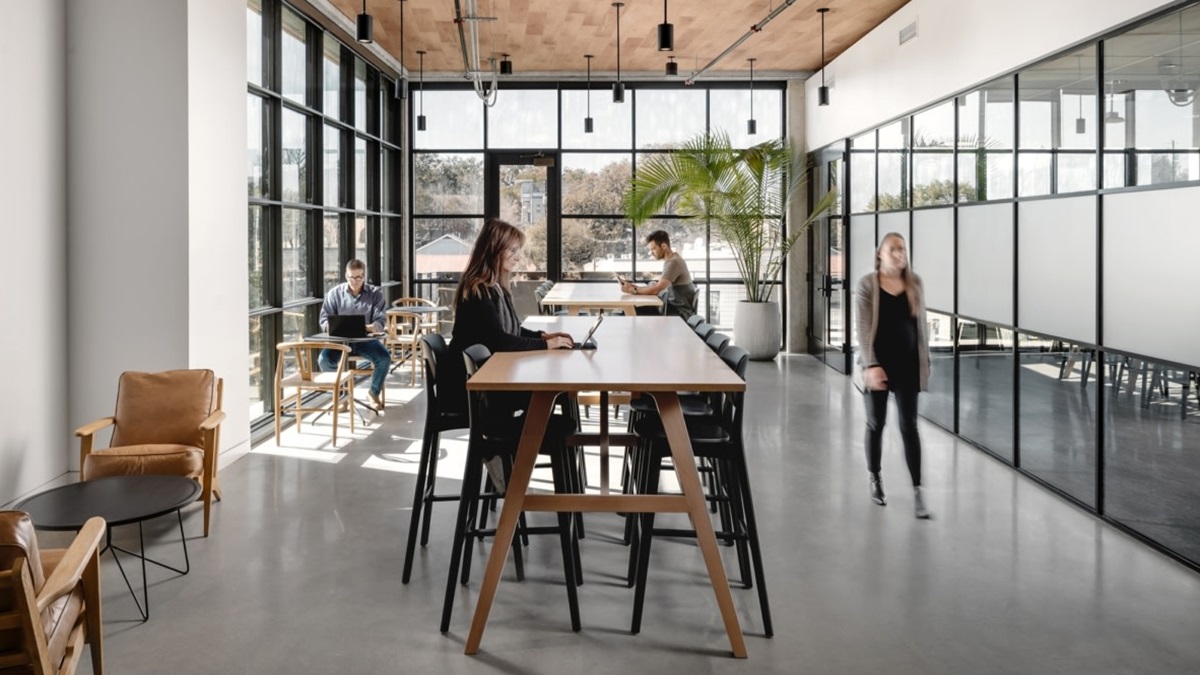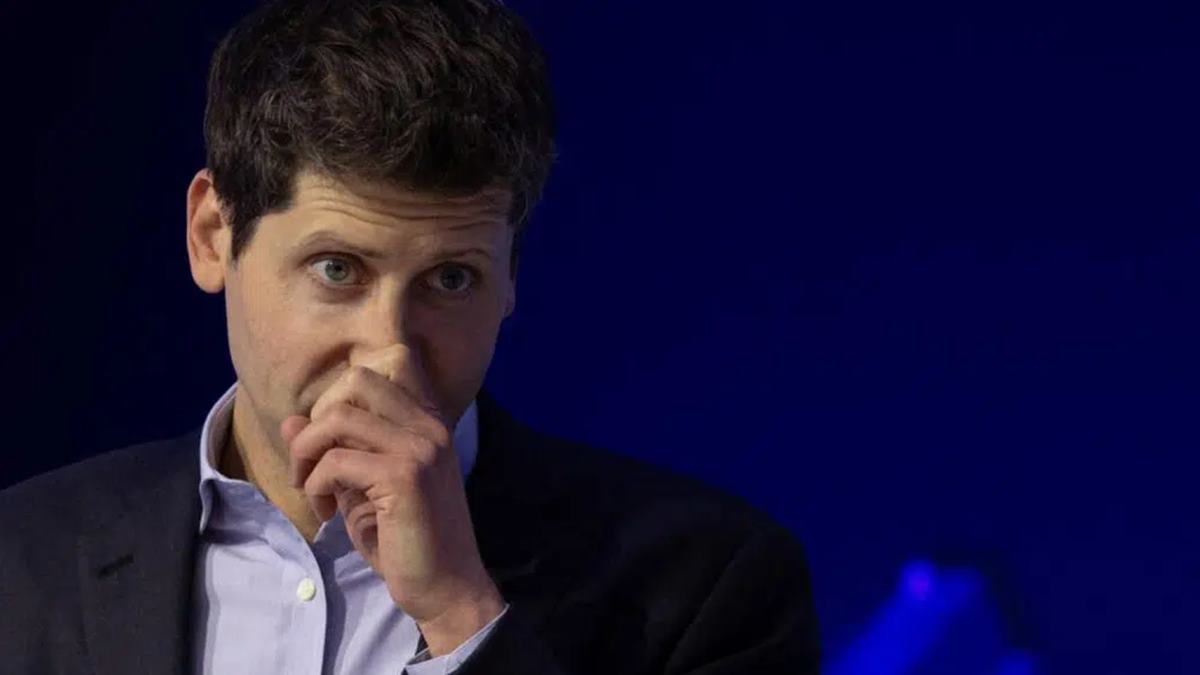It was early 2020 when Peter, a mid-level marketing professional in Singapore, submitted his resignation letter with confidence. He had only been in his role for 13 months, but a higher salary and a shiny new title at a competitor felt like the obvious next step.
Back then, “job-hopping” was celebrated as proof of ambition, adaptability, and a thriving job market that rewarded professionals who refused to stay stagnant.
Fast forward to today: Peter is still at the same company he moved to four years ago, and he’s not going anywhere anytime soon. In fact, he’s part of a growing wave of professionals who are ‘job-hugging’, a playful term describing professionals who hug their current jobs tightly rather than seeking constant change.
Why are employees moving from ‘job hopping’ to’ job hugging’?
Economic uncertainty and flatter corporate structures have made workers more cautious. Korn Ferry’s Workforce 2025 Survey found that 41% of employees saw management layers cut in their organisations, while 37% felt directionless as a result. With fewer mentors and less clarity on progression, many are choosing stability over risk.
On top of this structural shift, three forces stand out:
- Economic volatility has re-priced risk: Layoffs, inflation, and tighter hiring budgets mean that switching jobs no longer guarantees a step up. For many professionals, staying put feels like a safer bet than testing uncertain waters. Recent findings from Mercer’s 2024–2025 Inside Employees’ Minds report show that financial stress and inflation are now top concerns for workers, with hourly employees reporting a 10% lower engagement rate than salaried peers. This economic anxiety is reshaping career decisions, making stability more attractive than ambition.
- Depth matters more than breadth in the AI era: With AI handling routine tasks, employees are realising that the real career currency lies in domain depth and contextual knowledge. Staying longer gives them a chance to see products evolve end-to-end, build reputational capital, and become the go-to person for a critical skill. Instead of collecting logos on their resume, employees are thinking, “If I stay, I’ll actually master something, and that mastery will be harder to replace.”
- Retention strategies are getting stickier: For employees, leaving a job today often means giving up unvested equity, bonuses, or the flexibility that makes daily life work. Internal moves and project rotations provide growth without the disruption of switching employers. In 2025, many workers are asking themselves, “Why walk away when staying gives me more?” The 2025 Retention Report by Work Institute reinforces this, noting that remote and hybrid work are now seen as essential practices, and career development through internal mobility remains the number one reason people stay.
So, when employees expect so much from their employers and shift towards job-hugging, how should employers respond?
How employers should respond to job-hopping
The rise of job hugging doesn’t mean employees are settling; it means they are redefining what loyalty and growth look like. For employers, this shift is an opportunity to deepen engagement, not to take stability for granted. Here’s how:
- Invest in growth without exit signs: Employers should double down on internal career mobility, structured mentorship, and reskilling programmes that align with emerging technologies. DBS Bank in Singapore, for example, runs “GANDALF Scholars,” a reskilling initiative that rotates employees through digital, AI, and product roles without requiring them to switch employers. Additionally, Unilever’s ‘U-Work’ model allows employees to pursue project-based assignments across brands, giving them fresh challenges while staying in the same company.
- Strengthen the psychological contract: The pandemic and its aftermath reframed the employee-employer relationship into one built on trust and empathy. Transparency in career opportunities, honest communication about company health, and visible recognition of contributions are now the cornerstones of retention. For instance, Microsoft publicly communicates its promotion and career framework so employees know what’s expected and what’s possible. That clarity reduces the ‘directionless’ feeling found in flatter structures.
- Build stickiness through experiences that matter: Today’s employees want meaningful experiences that tie their work to the company’s mission. Leaders who foster belonging through culture, inclusion, and shared purpose are the ones who turn cautious ‘job-huggers’ into committed contributors. Take Grab’s Career Kickstarter programme, where employees rotate across business units, from mobility to fintech to deliveries, for 3–6 months. It offers the thrill of new challenges without the disruption of leaving. In effect, it creates adventure within stability, transforming loyalty from passive tenure into an active experience of growth.
- Recognise and reward loyalty: Finally, long-term commitment must be visibly appreciated. Recognition can’t be left to annual reviews; it should be continuous and authentic. Monetary rewards like retention bonuses, accelerated vesting, or extra paid leave signal that loyalty has tangible value. Just as important are cultural practices: celebrating tenure milestones, spotlighting contributions in town halls, or offering sabbaticals to long-tenured employees.
The future of retention: Loyalty by choice, not by chance
The shift from job-hopping to job-hugging is more than a passing trend; it’s a redefinition of what ambition and security mean in today’s workplace. Employees are no longer chasing change for its own sake; they’re seeking stability, depth, and workplaces that genuinely invest in their growth. For employers, this means the real competition is not just about attracting talent but about earning the right to keep it.Companies that will win in the years ahead are those that treat loyalty as a two-way street: creating environments where employees stay not because they’re afraid to leave, but because they see purpose, possibility, and pride in staying. Also read: Purpose, pay and peace of mind: What Gen Z workforce in the Middle East wants.
Retention will be less about chance circumstances and more about conscious choice, where commitment is built on trust, opportunity, and meaningful experiences. In a world shaped by economic uncertainty and technological disruption, purposeful loyalty may well become the most enduring advantage any organisation can have.




















